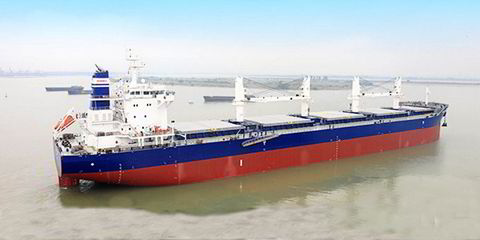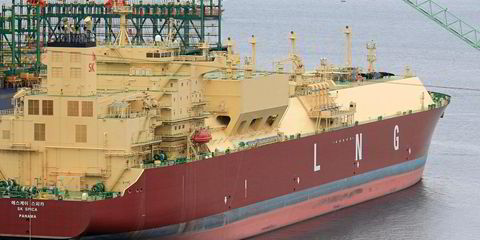UK shipbroker Clarksons is inviting would-be shipping Nostradamuses to predict where rates will be this time next year.
Readers of Clarksons’ Shipping Intelligence Weekly have been invited to submit their predictions of the value of the ClarkSea Index at the start of November 2024.
Last year saw the strongest annual average on record for the basket of major vessel rates.
Some softening has been witnessed in 2023, although the index has remained above long-term averages, Clarksons Research analyst Sarah Holden said.
Back in November 2022, the benchmark had just managed a 15-month run above the historically firm $30,000-per-day mark, but expectations ahead were mixed, she added.
Readers’ estimates for 2023 varied from far weaker levels equivalent to those seen in mid-2020, to levels as strong as in the 2008 boom.
However, the majority of predictions stood in the $20,000 to $30,000 per day range, suggesting a broad consensus that some softening could be seen from the strong levels in 2022, though with markets remaining relatively firm.
This view has generally been borne out by the actual index performance, Holden revealed.
After dropping below $30,000 per day in late 2022, the index has largely remained in the $20,000 to $30,000 range since then, dipping only briefly below $20,000 for a few weeks over the summer.
The ClarkSea measure did not exceed $20,000 per day at all across the entire period from 2010 to late 2019.
Having then trended upwards through September and October, by the start of November the index stood at $24,752 per day, almost exactly in line with the average over the previous 12 months and still about 40% higher than the 10-year average.
Coming very close
The closest estimate was $24,568 per day, within 1% of the actual result.
The average guess was $29,868, 20% above the final outcome.
“Of course, given the extreme highs that the container markets reached in 2021/22, some easing was likely to materialise as container ship earnings continued to normalise,” Holden said.
Boxship charter rates today remain elevated at 25% above typical pre-Covid levels.
But pressure is building as supply growth accelerates, the researcher added.
“Weak bulk carrier conditions have also contributed to the softer overall levels; despite improved demand this year, cumulative fleet growth and reduced inefficiencies have led to bulker earnings falling 50% year-on-year in the year to date, to below long-term averages,” Holden said.
But energy shipping has been strong.
Average tanker earnings this year have been almost double the long-term average, despite some impacts from recent Opec+ cuts, Clarksons pointed out.
In the gas carrier sectors, the VLGC market has recently seen new record highs amid strong US-to-Asia LPG trade and disruption at the Panama Canal.





